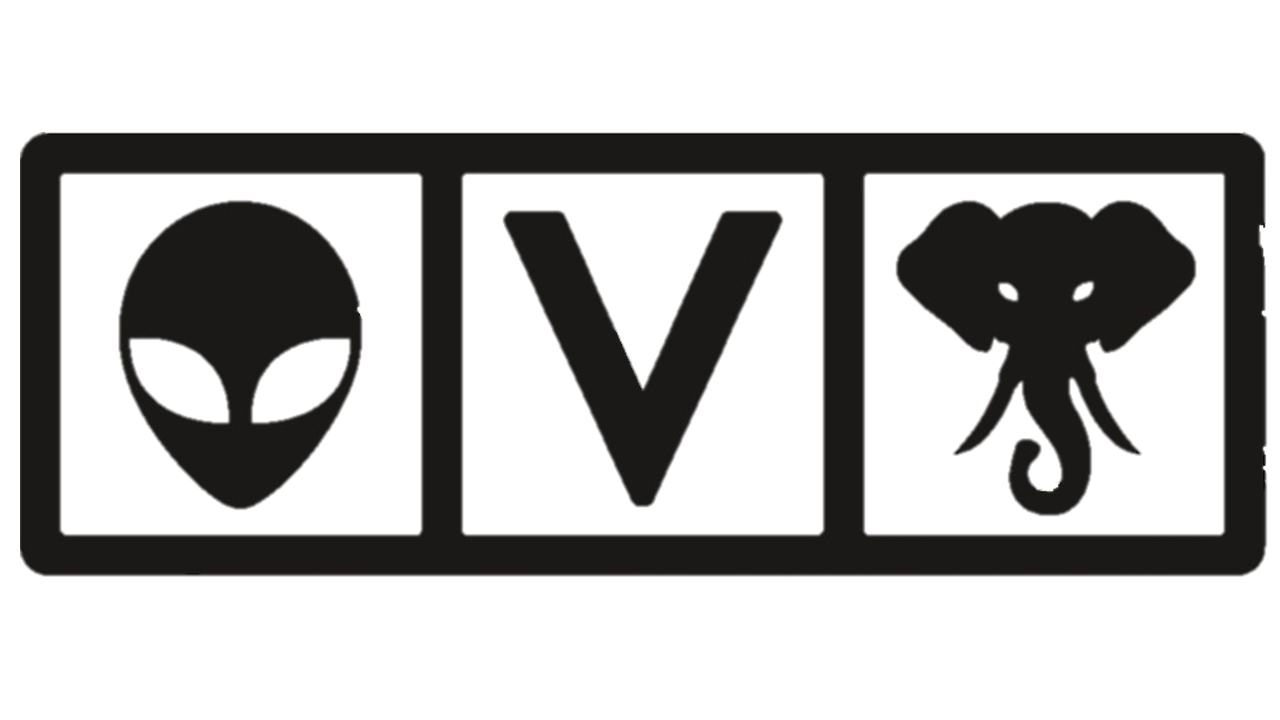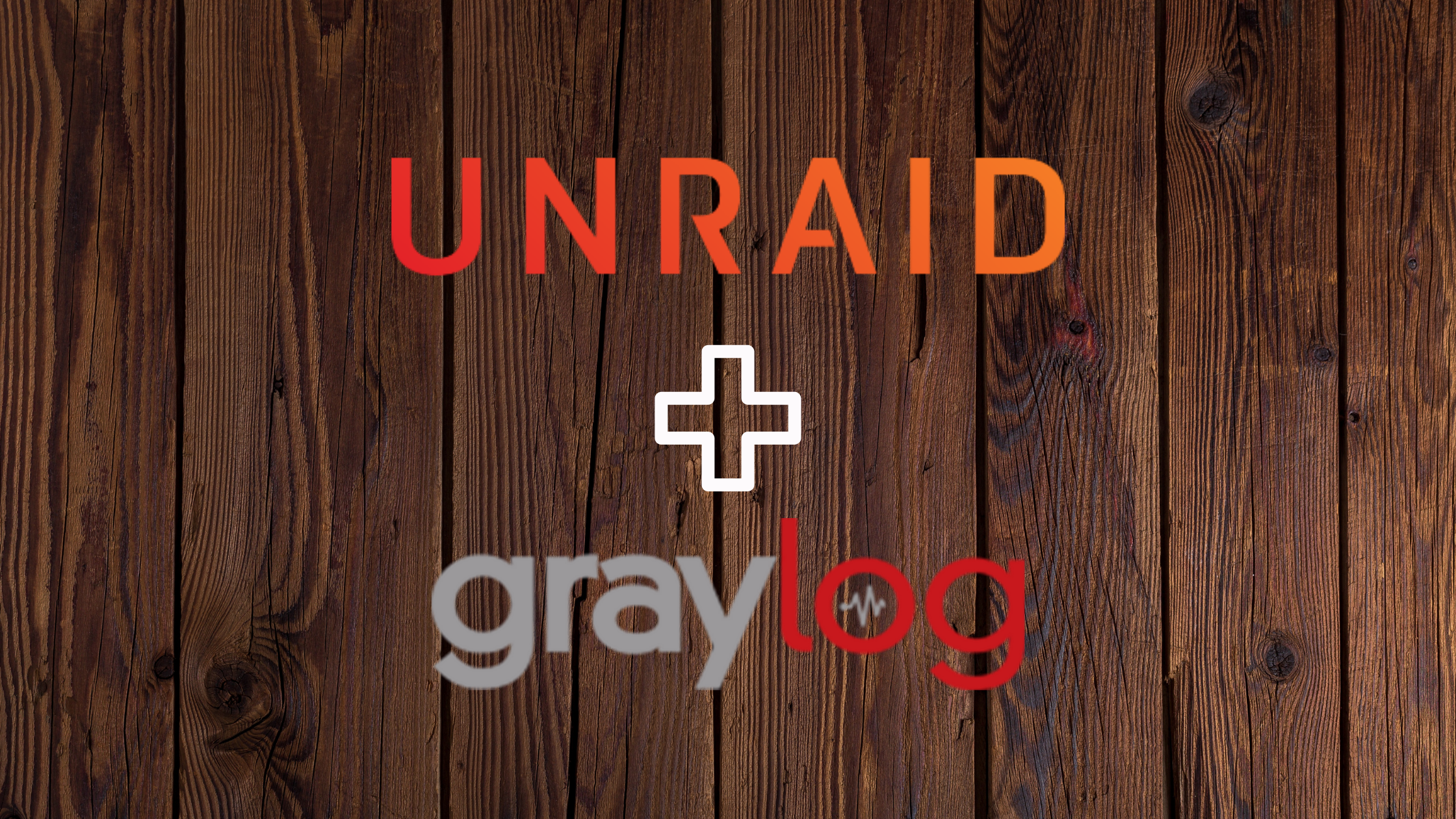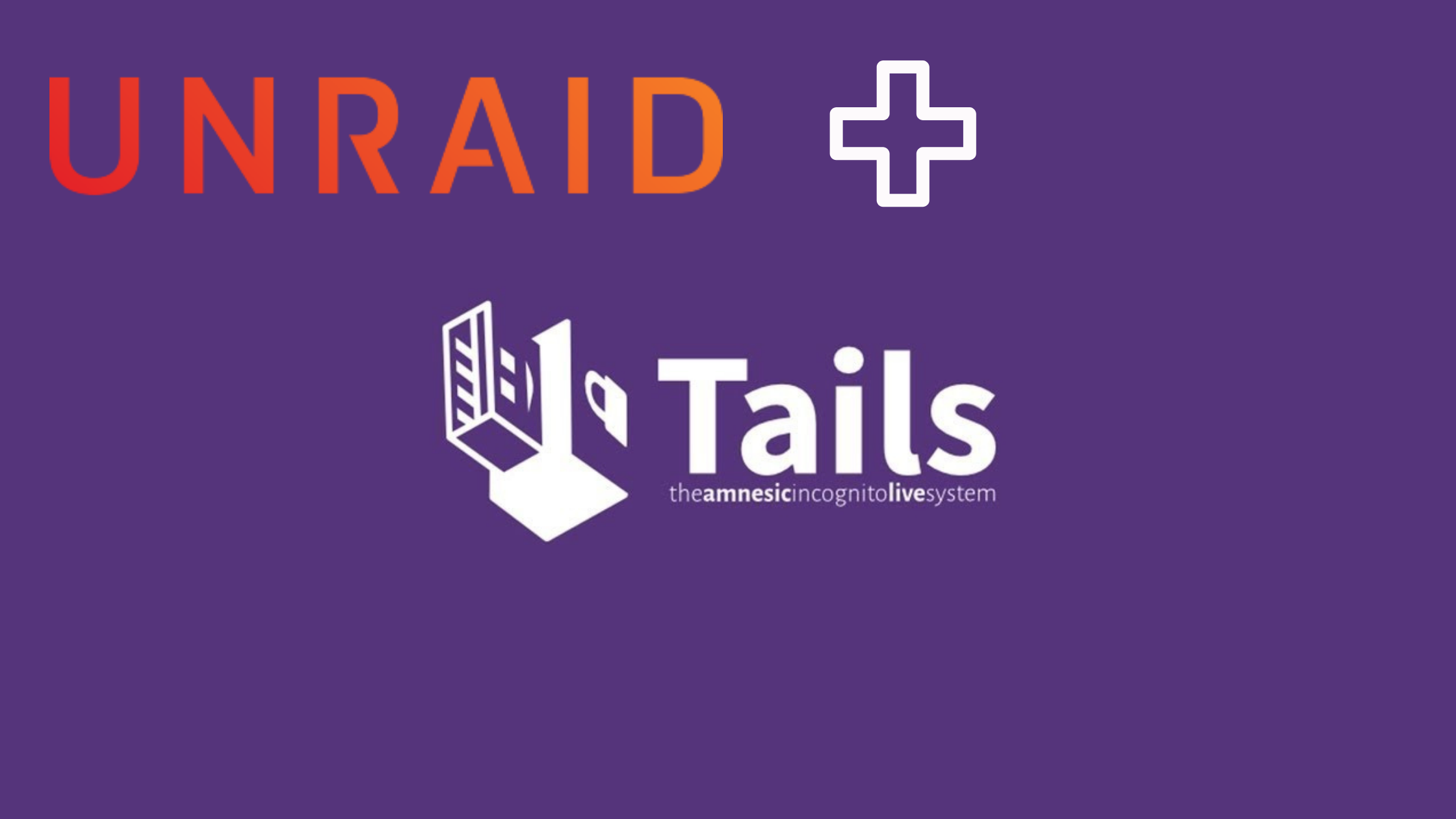
'Split-Brain DNS' for Internal HTTPS with Let's Encrypt
Introduction In this previous post, I showed how to connect to a Unifi router with HTTPS, effectively ridding you of the tedious words, “Your connection is not private.” However, the method shown in that post directs your connection to an external DNS server (e.g., CloudFlare) in order to resolve your Unifi router. This adds some latency by requiring your traffic to flow out and in rather than staying local. Additionally, it requires opening some ports externally. While this is not necessarily bad, it certainly increases the risks and attack surface of your network. ...



